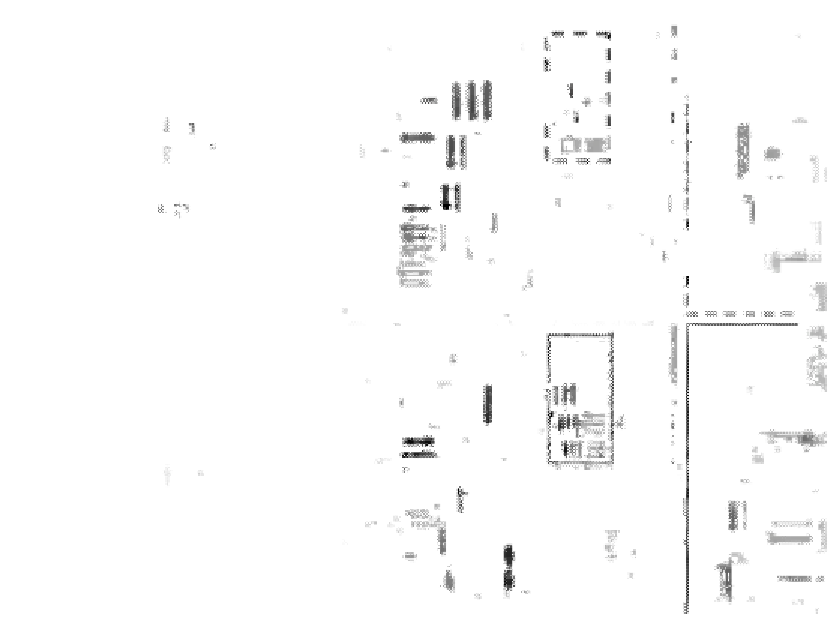Biomedical Engineering Reference
In-Depth Information
(A)
(C)
(E)
(B)
(D)
(F)
Figure 9.3
Positive 1951 USAF test target results using SALDHM: (A,B) the conventional and the SA,
respectively; (C,D) the conventional and the superresolved image, respectively. (E,F) Magnified
image of the finest test elements of cases (C) and (D), which clearly shows the resolution
improvement.
Cases (C) to (F) compare the low-resolution conventional image ((C) and (E)) with the
superresolved image ((D) and (E)) obtained by FT of the information contained in images
(A) and (B), respectively. We have included again the low-resolution image for easier
comparison with the superresolved one. We can see that all the elements in the Group 9 of
the test target are now perfectly resolved in the superresolved image. In addition, the
number 9 representative of the Group 9 of the test target can be also resolved in the
superresolved image while it looks as an eight more than as a nine in the conventional
image. According to the theory, the new superresolution (SR) limits are SR
VER
5
0.66
μ
m
and SR
HOR
5
0.59
m incoming from SNA
VER
5
NA
ILUM
1
NA
VER
5
0.61 and
SNA
HOR
5
NA
ILUM
1
NA
HOR
5
0.68, respectively.
μ
In our second experiment, SALDHM is applied to a biological sample. The sample is an
unstained swine sperm that is dried up allowing fixed sperm cells for the experiments. The


Search WWH ::

Custom Search